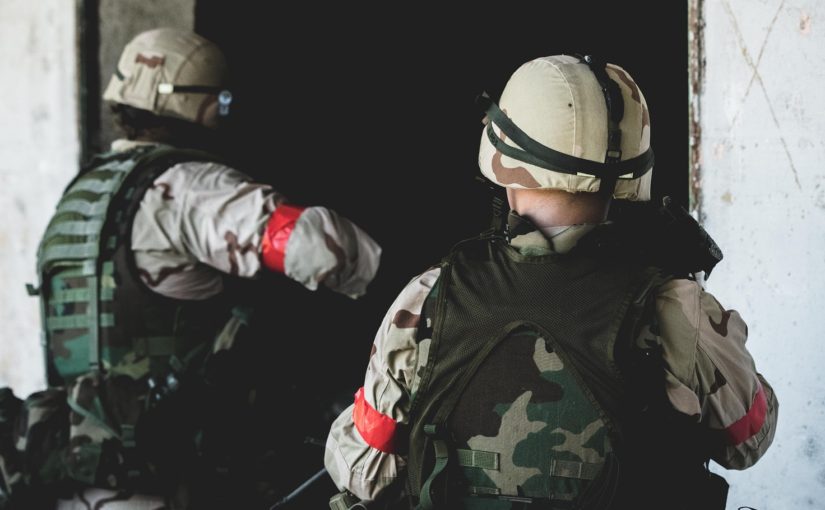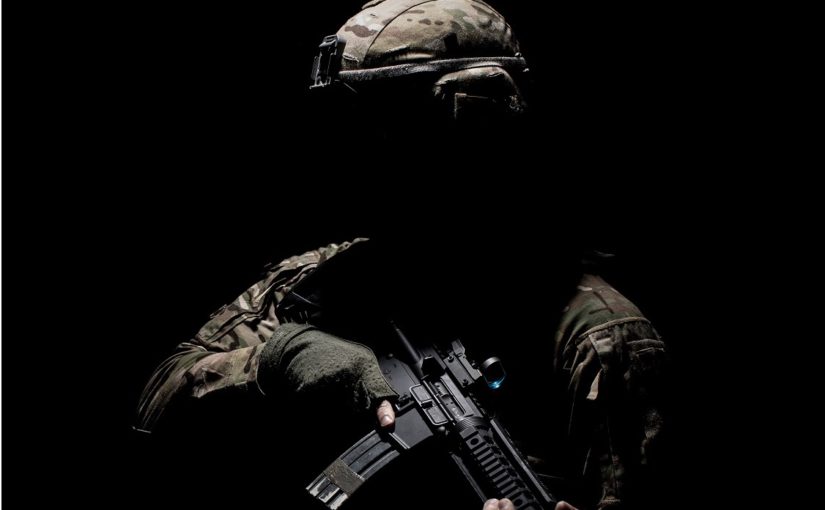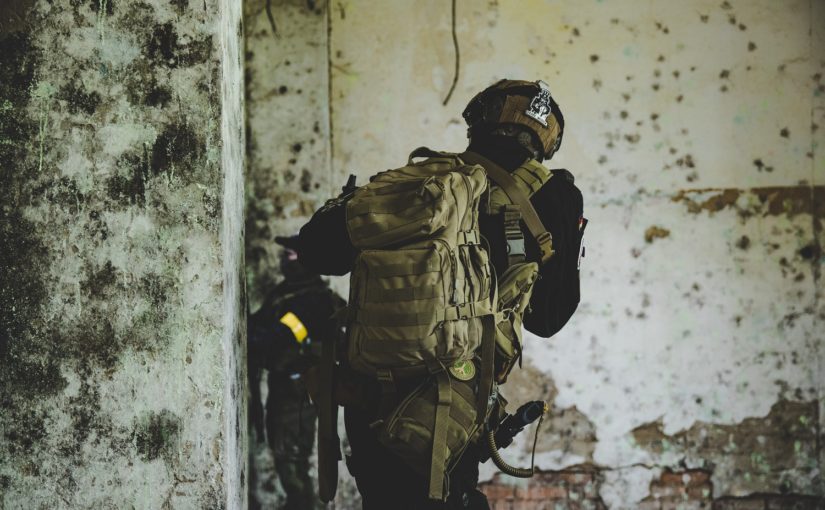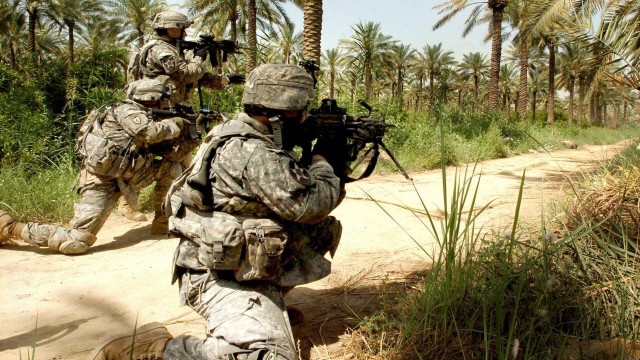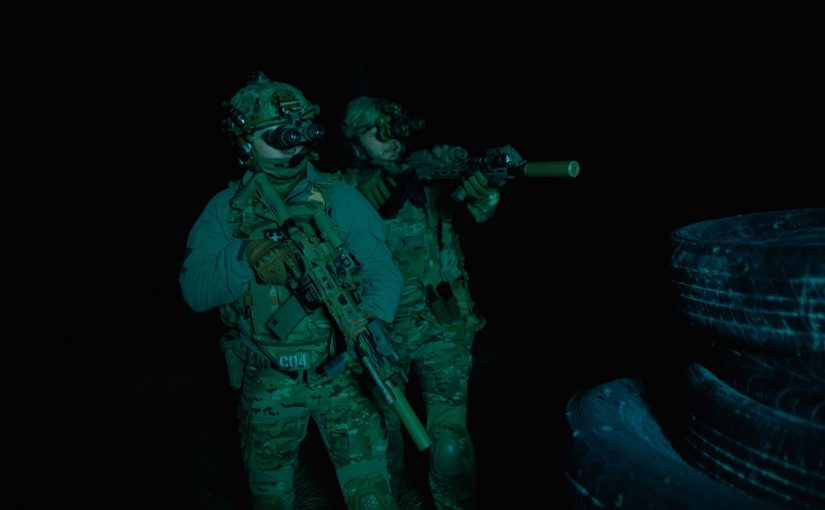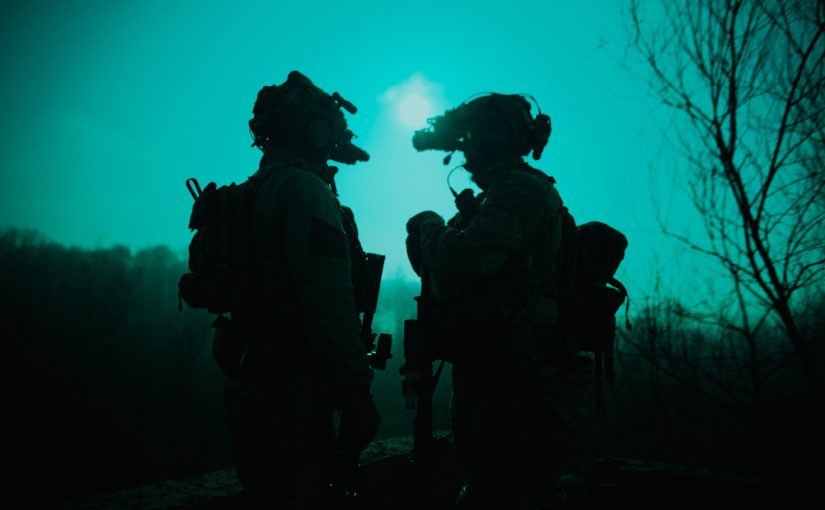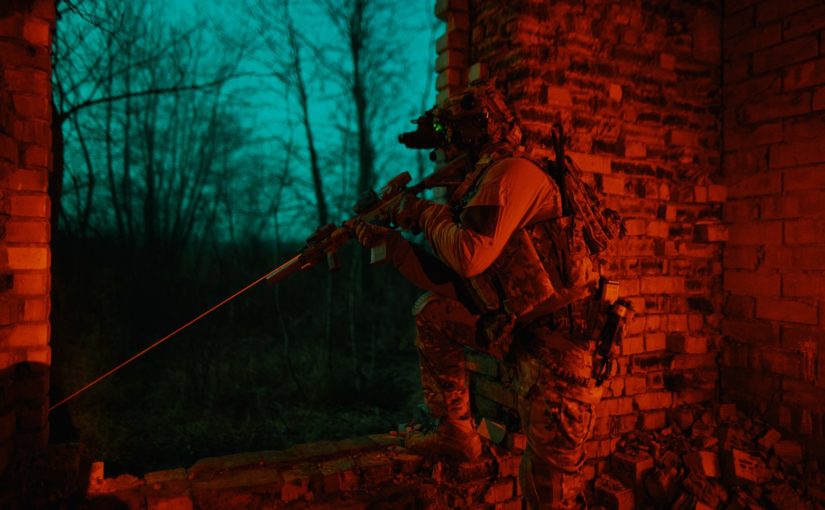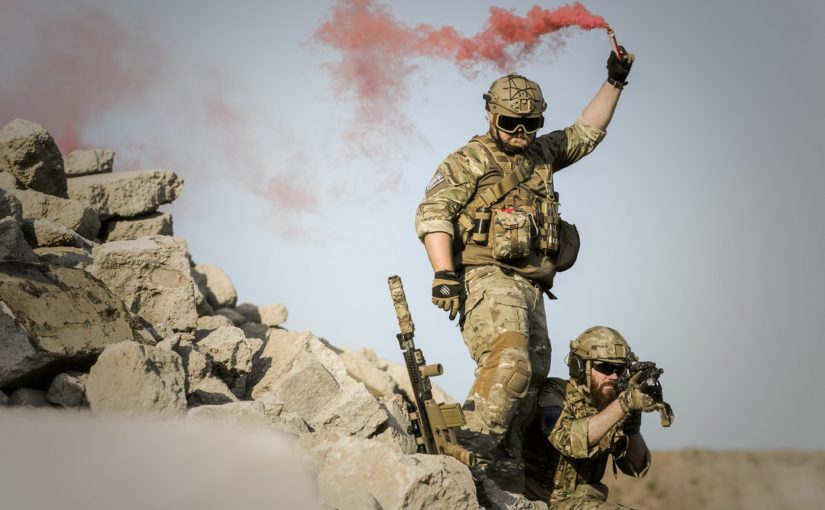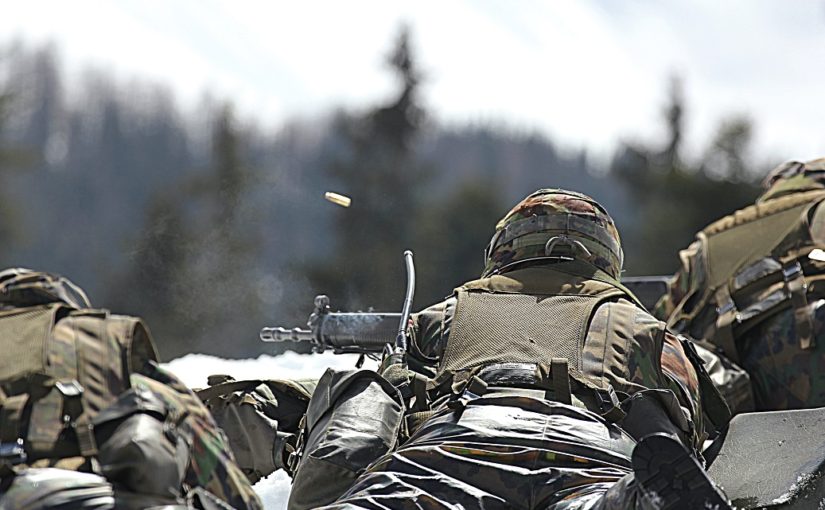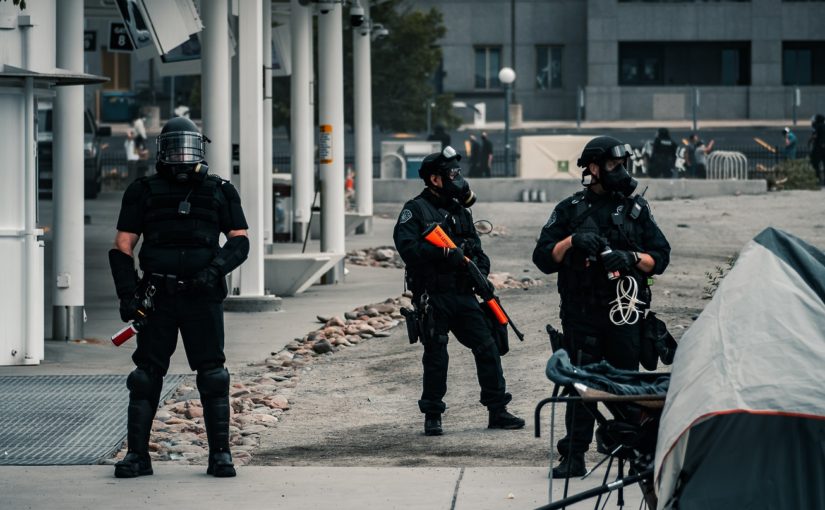When it comes to personal protection, having the best level 4 body armor can make a significant difference. Level 4 body armor is designed to provide maximum protection against high-powered rifle rounds and armor-piercing ammunition. In this blog post, we will talk about what level 4 body armor is, how it is made, and the protection it provides.
Level 4 body armor is designed to provide the highest level of ballistic protection against powerful rifle rounds and armor-piercing ammunition. It is made of hard plates that are made from composite materials, ceramic, or steel. The layered construction and composition of the plates make the armor capable of withstanding multiple rounds and preventing penetration.
The best level 4 body armor is designed to withstand extremely high-velocity rounds, such as .30-06 M2 Armor-Piercing (AP). The armor will also protect against other high-velocity rounds, including .308 Winchester FMJ and .223 Remington FMJ. The level 4 body armor can protect the wearer from these rounds even at a close range.
One of the benefits of level 4 body armor is that it is highly adaptable to different situations. The armor can be used by military personnel during combat operations, SWAT teams during high-risk operations, and law enforcement officers on patrol. The armor can also be used in high-risk areas, such as border patrol checkpoints or during hostage situations.
When it comes to choosing the best level 4 body armor, one needs to consider the cost, weight, and comfort of the armor. The cost of level 4 body armor can vary depending on the materials used and the manufacturer. It is important to choose a reputable manufacturer that uses high-quality materials and meets the National Institute of Justice (NIJ) standards.
The weight of level 4 body armor can range from 7 to 15 pounds, depending on the materials used and the size of the armor. It is important to understand that wearing body armor for extended periods can be exhausting and cause fatigue. Therefore, it is advisable to choose lightweight armor that offers maximum protection without compromising mobility and comfort.
In conclusion, the best level 4 body armor provides ballistic protection against high-powered rifle rounds and armor-piercing ammunition. Level 4 body armor is made of hard plates that are designed to prevent penetration. The armor is highly adaptable to different situations, including military, law enforcement, and security applications. When it comes to choosing the best level 4 body armor, one needs to consider the cost, weight, and comfort of the armor. It is important to choose a reputable manufacturer that meets the NIJ standards. The safety and protection of people in high-risk situations depend on having the best level 4 body armor.
For more articles, please click here.
